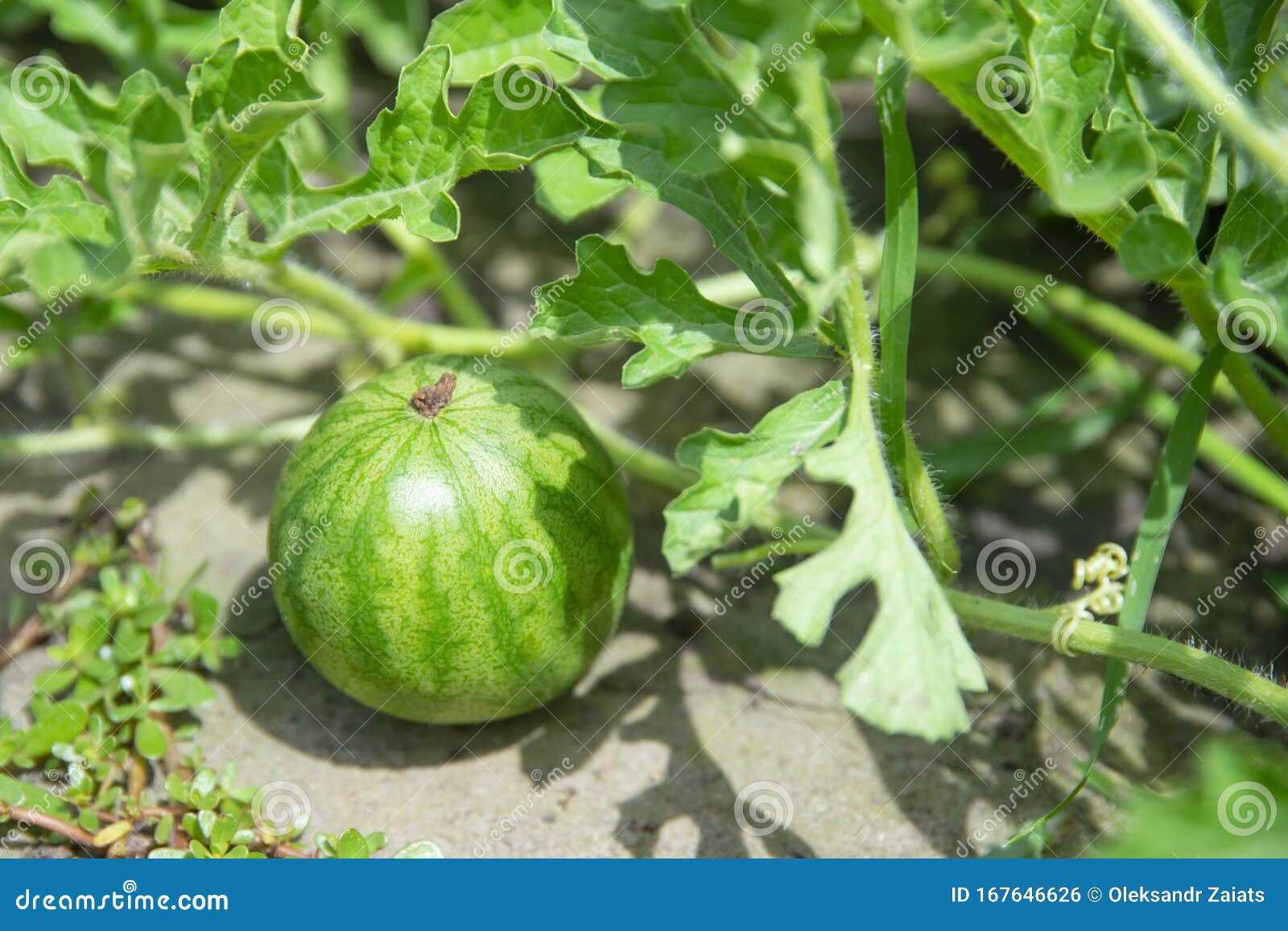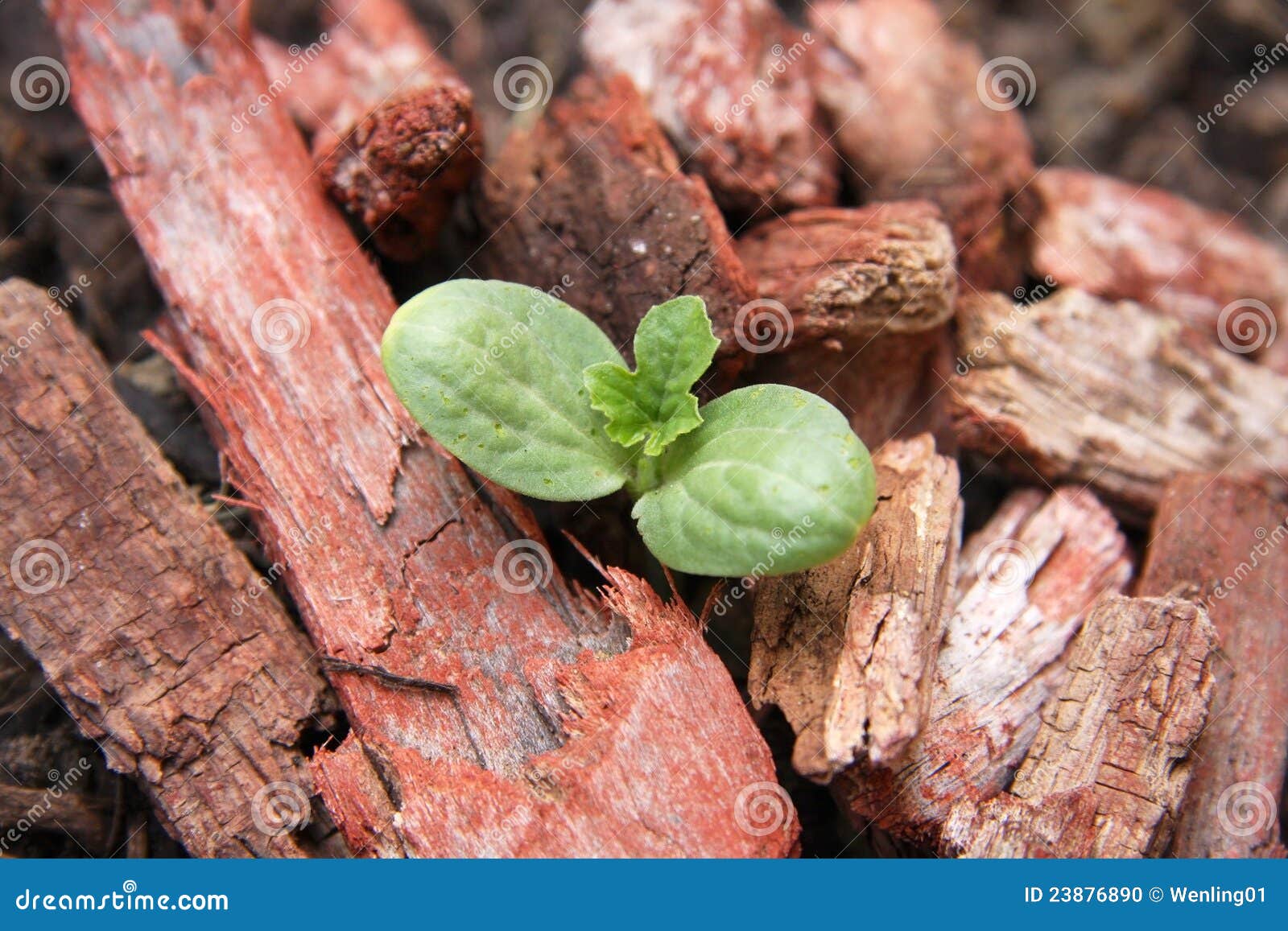Table of Content
If you can, avoid planting watermelon in the same spot before or after other members of the cucurbit family as well. For many people, pollination is one of the trickiest parts of growing watermelon. But you can estimate that you’ll get at least 1-2 watermelons per vine. Mulch is very important for watermelon plants to help retain moisture, reduce weed competition, and give cushion for the melons to grow on. We like a base of cardboard , topped with either weed-free straw or pine shavings. If you notice vine tips wilting, fusarium wilt may be the culprit.
However, some melon flavor improves because some acidity may be lost in slightly immature melons. Striped cucumber beetles damage plants by eating leaves as well as flowers, stems, and fruit. Many things can affect melon stems, leaves, flowers, and fruit. Changes in physical appearance and plant health can be caused by the environment, plant diseases, insects and wildlife. In order to address what you’re seeing, it is important to make a correct diagnosis.
How do watermelons grow?
You may not need to water quite so often if your soil is not prone to drying out, and if you get regular rain showers. I’ll cover both methods of propagation – but let’s start with direct sowing. When you grow your own at home, you open up your options to a stunning array of varieties.

There are resistant varieties to each of these fungal diseases, and starting off with these will give your plants an advantage over other cultivars. Plants grow inches tall with vines spreading inches and will be ready to harvest in around 100 days. To grow your own watermelons at home, you’ll want to make sure you provide your plants with the best possible growing conditions for a delicious and generous harvest.
More From: Best Bet Varieties
Plant watermelon from seed in small hills with a spacing of 8 ft on all sides. Sow four to five seeds per hill at a depth of 1 in. A week after they have germinated, thin the seedlings to two per hill. Another way to know if the melon is ripe is to pick one up and turn it over. If the bottom where it sits in the soil is yellow, the watermelon is probably ripe.

However, if yellow spots appear on the fruits, shade the watermelon fruits to prevent further burning. Another threat against watermelon is insects such as cucumber beetles. For smaller fruits, use nylon stockings or panty hose around the growing fruits to protect against insects. Some gardeners use dichotomous dirt as a safe method of protecting water from insects.
The Duck and the Taxidermy Ducks: The Rubber Ducky Project Week 12
If you depend upon rain and rain is in short supply, get as early a start as possible. Watermelon roots will do their part to find moisture; they will grow to 6 feet (1.8m) deep. But if you are short on warmth–you live in a short-summer region–or space, not much yard, you can still grow delicious, sweet watermelons in a home garden. Once the seedlings have sprouted to a few inches in height and start showing leaves, thin the plants using sharp scissors to the best two or three. Make sure to weed your watermelon patch regularly as well.
If you are growing your watermelon up a trellis, create small hammocks from scraps of cloth to prevent the heavy fruits from falling off the vines. Small, round to oval fruit to 7 inches in diameter; weighs 8 to 10 pounds. Thin rind; light green with darker green stripes; bright yellow flesh.
You can sow watermelons directly into the ground when the soil temperature is above 65°F. Plant seeds 1/2 to 1 inch deep, placing two or three seeds in groups 18 to 24 inches apart. Once watermelon seedlings are established, remove two and leave the best watermelon plant in each group. When planting watermelon you can either plant seeds or transplants; just be careful with transplants as watermelons have sensitive roots.

Aphids can colonize tomato plants in large numbers. You may notice leaf curling, discoloration, and sticky leaves. If you have aphids, you may see natural enemies nearby feeding on them. During periods of hot, dry weather, spider mites can feed on leaves, giving them a bleached or bronzed appearance.
Remove the old vines from the soil and discard after all the fruits have been picked. As the seedlings grow into vines, you must guide the vines to grow in a certain direction. Unattended watermelon vines will grow anywhere and everywhere. Space the vines apart to prevent the plants from growing onto each other.

Once they're transplanted into the garden, follow the same directions as for seeded watermelons. Seedless watermelons need pollen from a seeded type to produce, so you need to plant both kinds near each other. Biting into a juicy slice of fresh watermelon is an essential part of summer. You can hardly have a barbecue or picnic without including a platter because it's just so refreshing on a hot day. But if you've always picked your watermelons from the supermarket, you're seriously missing out on flavor. All you need to get started is a sunny spot in your yard and a few seeds.
Choose the best looking seedling in each pot to keep, and snip the stems of the other ones off with a pair of scissors right above the surface of the soil. Now use the soil you scraped to the side to cover the seeds. Pat the soil gently to ensure good contact with the seeds. Watermelons are native to Africa, where they were first used not so much as a food source, but as a source of water.

No comments:
Post a Comment